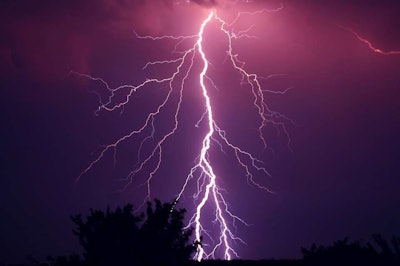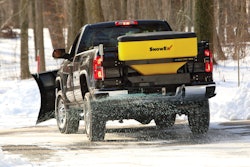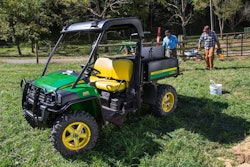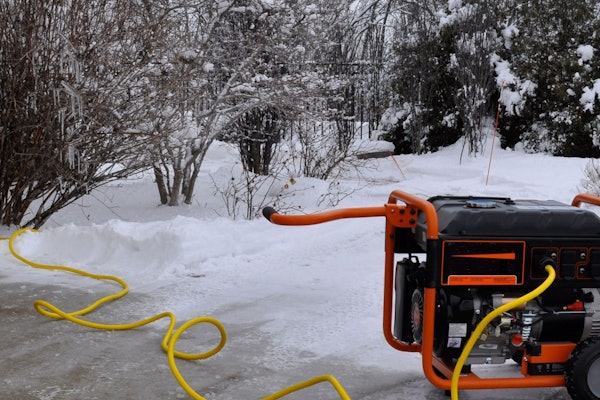 About 100 bolts of lightning strike the Earth’s surface every second.
About 100 bolts of lightning strike the Earth’s surface every second.Photo: Pixabay
Being struck by lightning may seem highly unlikely, but it is actually the second most frequent cause of weather-related death.
The average number of people killed by lightning strikes in the United States dropped to 33 per year from 2004-2013, according to The Weather Channel. However, while nine out of 10 individuals who are struck survive, 25 percent suffer long-term psychological or physiological trauma.
Lightning can kill in a number of ways, from a direct strike to side flashes, or even as a result of indirect effects, such as being struck by a tree that has been felled by a lightning strike. The best way to avoid these risks is to have a plan in place.
By having a plan, even if a storm arises out of the blue, you and your crew will know where safe shelter is and how much time it will take to get there.
What to do:
- Always monitor the weather. The Weather Channel’s app offers real-time alerts to lightning strikes near the user’s location and websites like wunderground.com provide in-depth forecasts.
- If lightning strikes in a warning distance of 6 to 8 miles, it’s time to head indoors.
- Safe shelter is an established building with electricity or plumbing. The secondary choice of shelter is a fully enclosed metal vehicle with the windows up.
- Wait at least 30 minutes after the last clap of thunder to resume work.
- As a last resort, if proper shelter cannot be reached, there are a few ways to lessen your risks of being struck if outdoors:
- Stay away from tall, isolated structures.
- Avoid open areas, such as fields and construction sites.
- Crouch on the balls of your feet.
What to avoid:
- Don’t strand yourself outside. Take precautions and head indoors when you hear thunder.
- Keep away from water and metal structures as they both conduct electricity.
- Do not lie flat on the ground; this increases the chances of being affected by deadly ground current.
- Don’t stand under trees, as they are generally the tallest object in the area, and more likely to be struck.
How to help a victim:
- If a co-worker happens to be struck by lightning, immediately help the person. Victims do not carry a charge.
- Cardiac arrest can occur if someone is struck, so check for breathing and a pulse. Perform CPR if trained; otherwise, call 911.
- Other symptoms of being struck by lightning include burns, nervous system damage, loss of hearing or vision and broken bones.
- Treat electrical burns with a dry, sterile bandage, but do not try to cool the burn.
- If possible, move the victim to a safer place, away from the risk of another strike.









